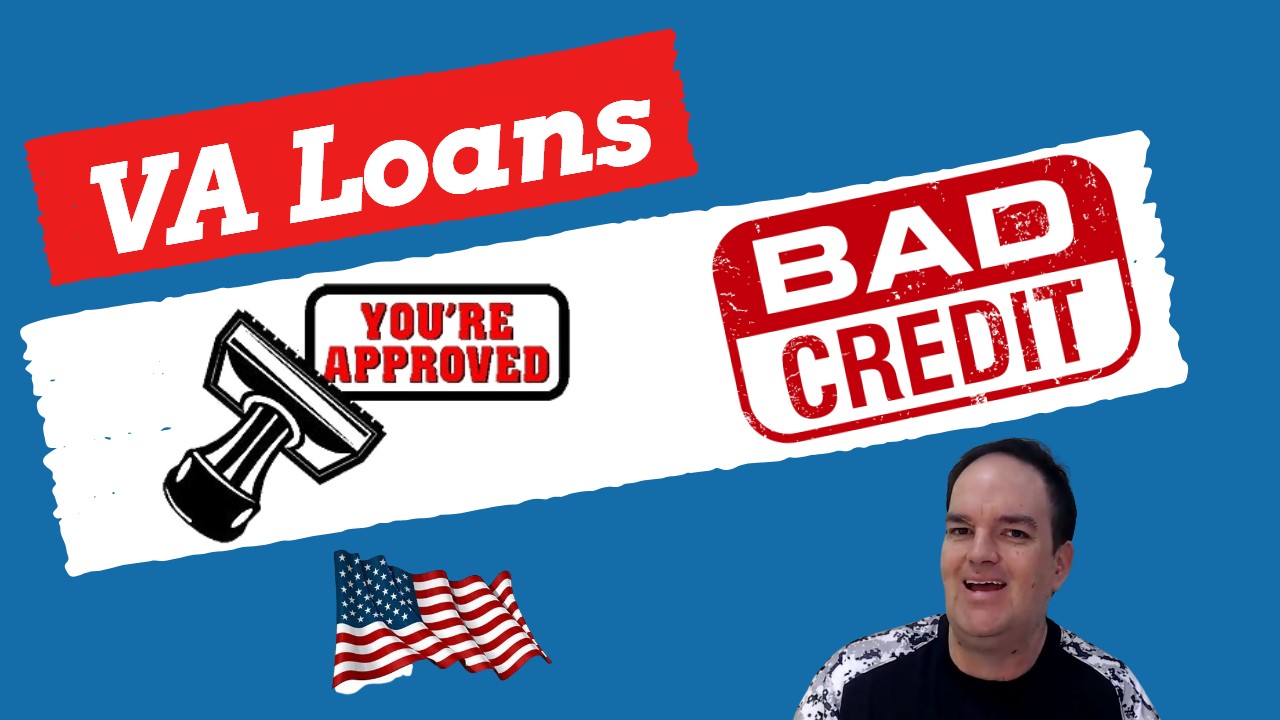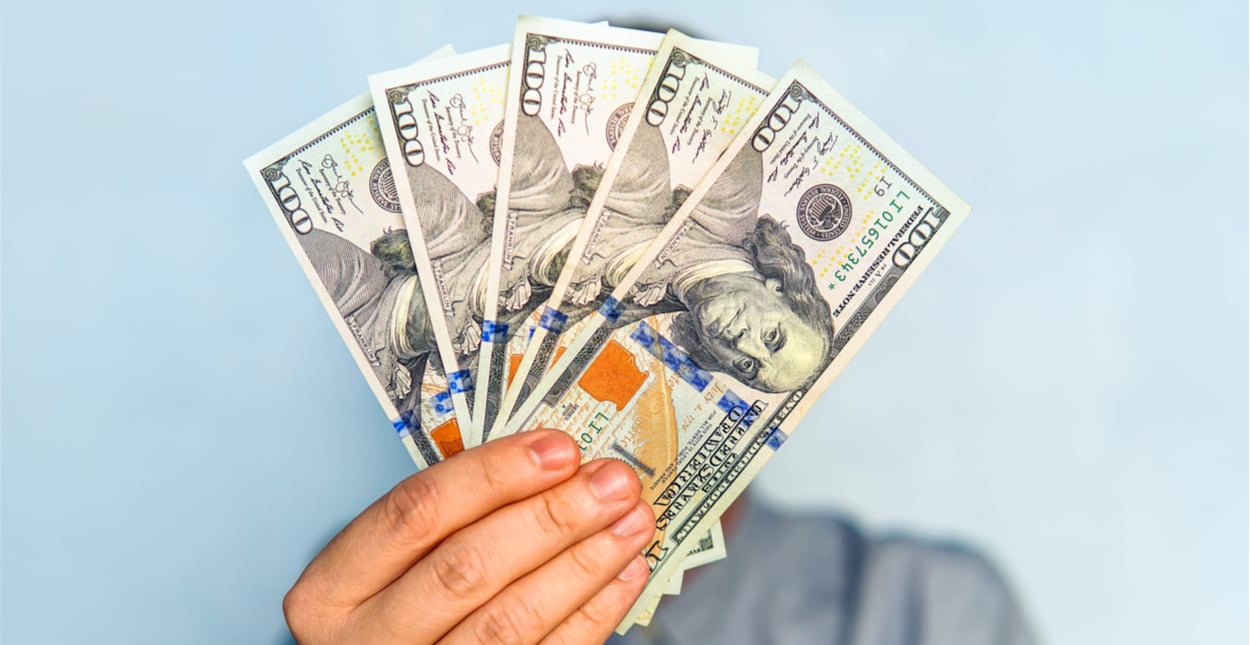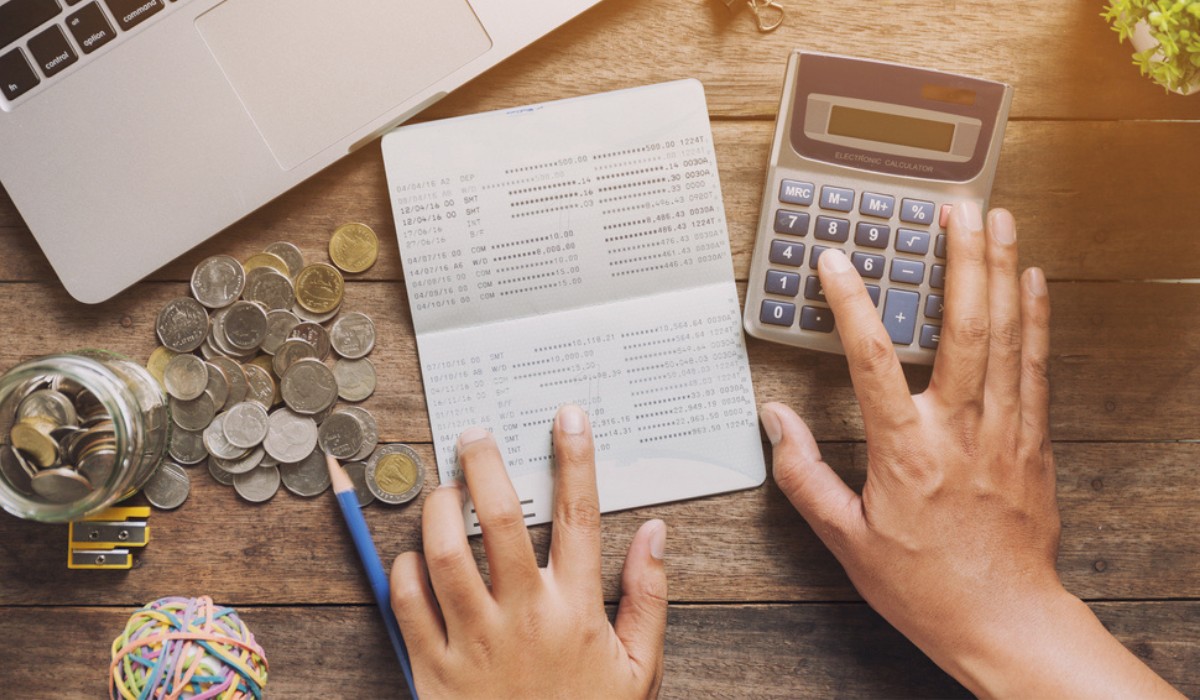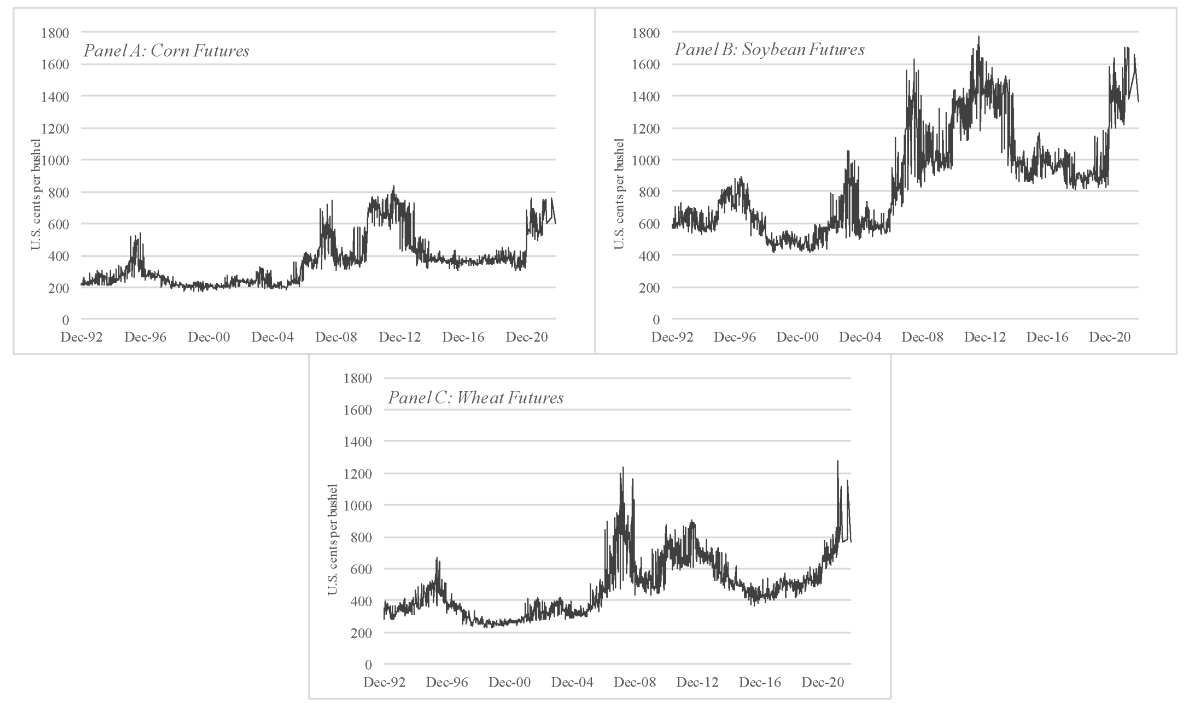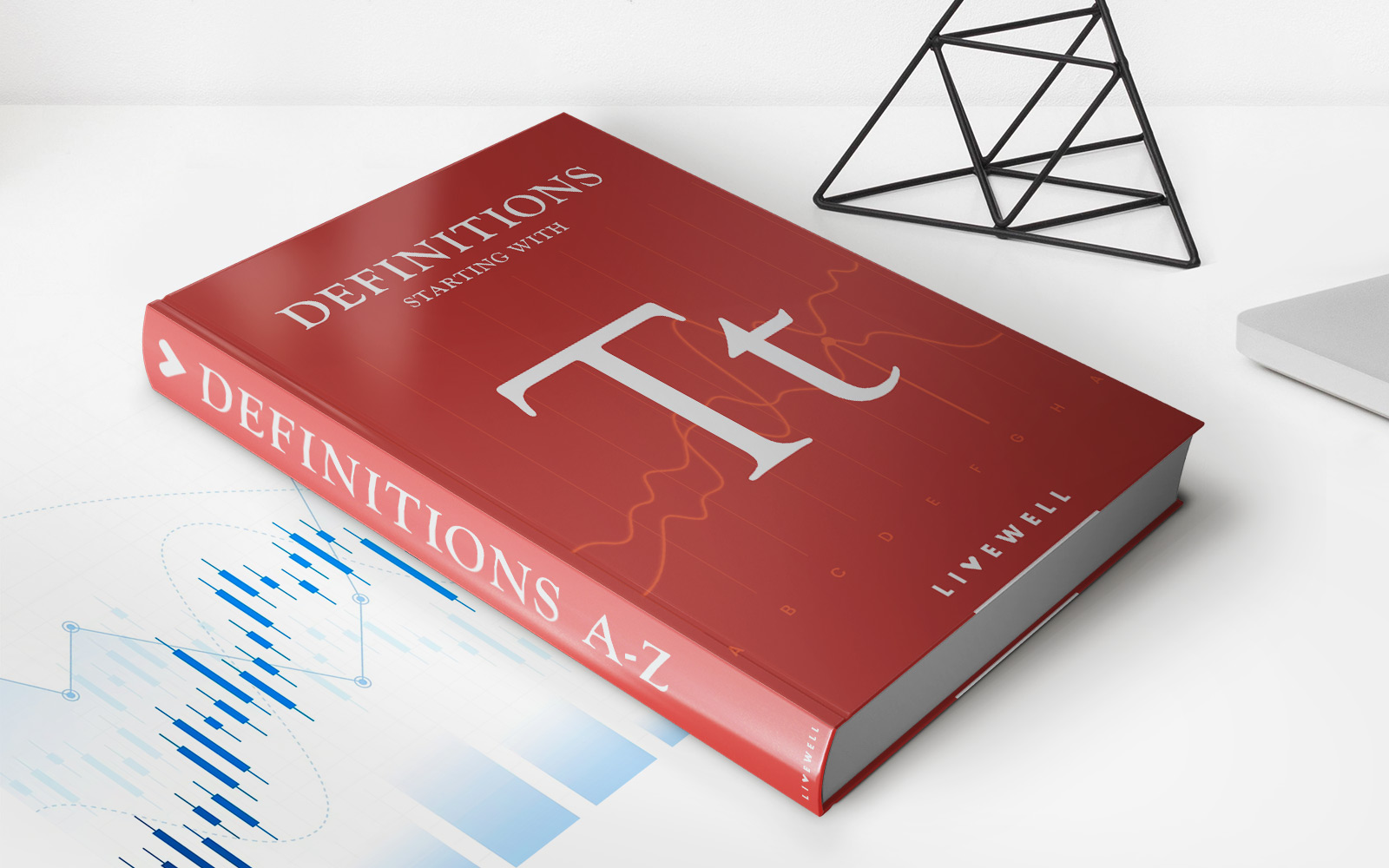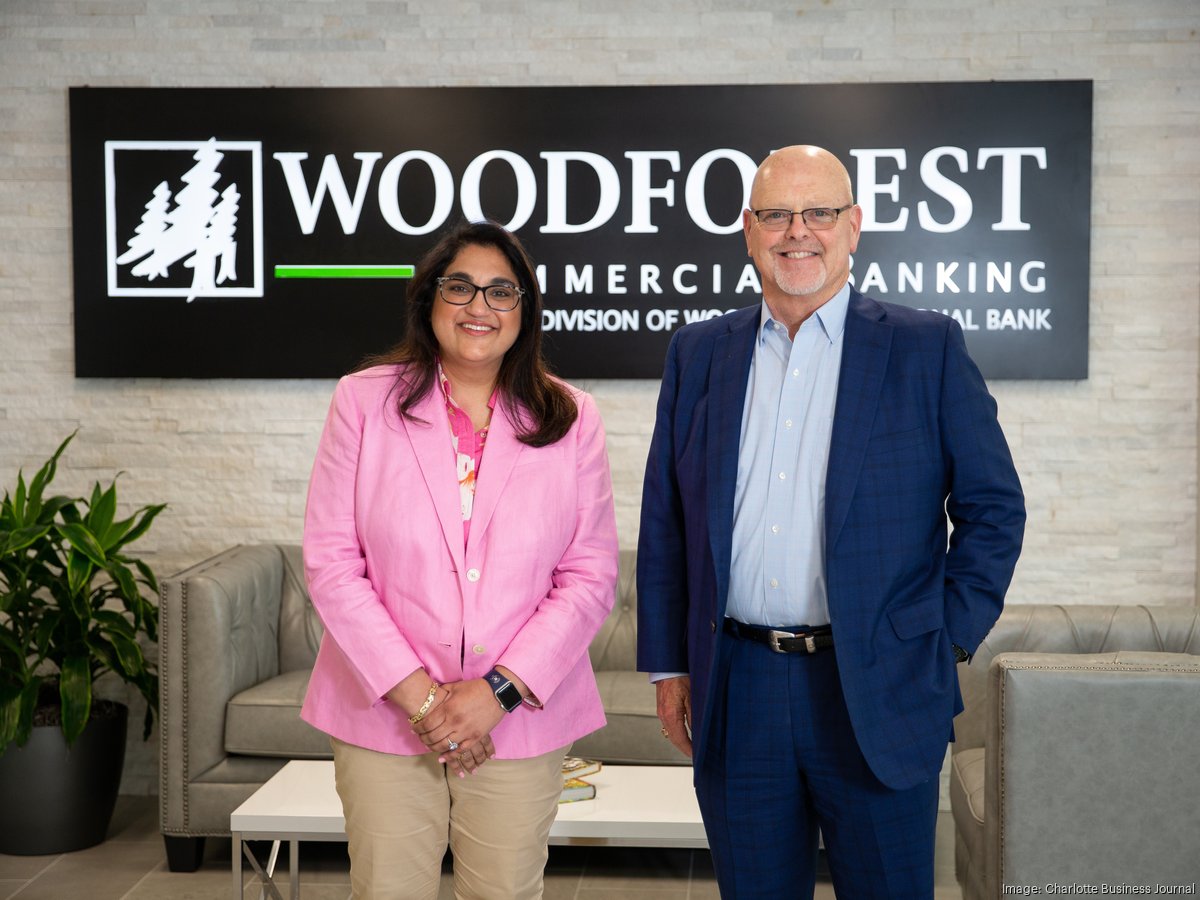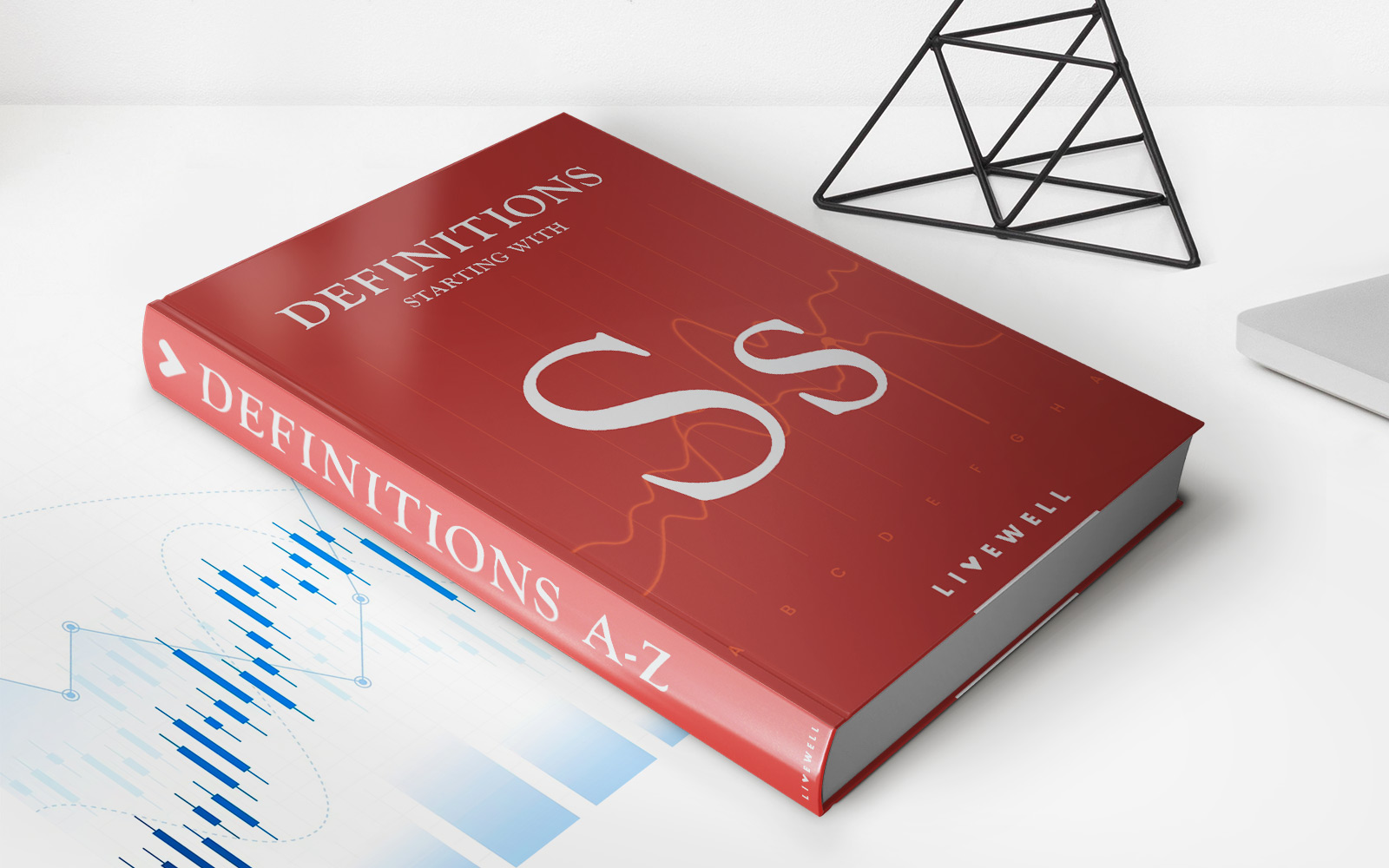

Finance
How To Get A $30,000 Loan With Bad Credit?
Modified: March 1, 2024
Learn how to secure a $30,000 loan even with bad credit. Explore finance options and get the funding you need.
(Many of the links in this article redirect to a specific reviewed product. Your purchase of these products through affiliate links helps to generate commission for LiveWell, at no extra cost. Learn more)
Table of Contents
Introduction
Are you in need of a $30,000 loan but worried that your bad credit will prevent you from obtaining one? Don’t lose hope just yet. While it may be more challenging to secure a loan with bad credit, it is not impossible. With the right knowledge and preparation, you can increase your chances of getting approved for a loan, even with a less-than-perfect credit score.
Before we dive into the details, let’s first understand what bad credit means. Bad credit refers to a low credit score, typically below 580, which indicates a history of late payments, defaulting on loans, or a high debt-to-income ratio. Lenders consider individuals with bad credit as high-risk borrowers, making it harder for them to qualify for loans and obtain favorable terms.
Researching potential lenders is a critical first step in your quest for a $30,000 loan with bad credit. Traditional banks and credit unions may be hesitant to lend to individuals with bad credit, but there are alternative lenders who specialize in working with borrowers in your situation.
Take the time to compare different lenders and their loan options. Look for lenders who offer loans specifically tailored for individuals with bad credit. Online lenders, peer-to-peer lending platforms, and credit unions are often more open to lending to individuals with lower credit scores, and they may have more flexible eligibility criteria and reasonable interest rates.
Once you have done your research and identified potential lenders, it’s time to explore loan options. Lenders may offer different types of loans, and understanding the differences can help you make an informed decision. Two common loan types to consider are secured and unsecured loans.
Secured loans require collateral, such as a car or a home, that the lender can repossess if you fail to repay the loan. These loans typically offer lower interest rates and may be easier to obtain, even with bad credit. Unsecured loans, on the other hand, do not require collateral but may come with higher interest rates and stricter eligibility requirements.
Understanding the loan options available to you and weighing the pros and cons of each will help you make a decision that aligns with your financial situation and goals.
In the next section, we will look at the process of applying for a $30,000 loan with bad credit. Stay with us as we guide you through the necessary steps to increase your chances of loan approval and explore alternative options if traditional loans aren’t an option for you.
Understanding Bad Credit
Before diving into the process of obtaining a $30,000 loan with bad credit, it’s important to have a clear understanding of what bad credit means and how it can impact your financial situation.
Bad credit is typically characterized by a low credit score, usually below 580 on the FICO scale. This score is calculated based on your credit history, which includes factors such as payment history, amount of debt, length of credit history, and types of credit used.
Having bad credit can make it challenging to secure loans, credit cards, or even obtain favorable interest rates on financial products. Lenders consider individuals with bad credit as high-risk borrowers, as they have a history of late payments, defaulting on loans, or a high debt-to-income ratio.
One of the main consequences of bad credit is limited access to traditional loans from banks or credit unions. These institutions typically have stringent criteria and prefer lending to individuals with good credit. Even if you are eligible for a loan, you may face higher interest rates or more unfavorable terms due to your credit history.
Additionally, bad credit can impact other areas of your financial life. It can make it difficult to rent an apartment, get approved for a mortgage, or even land a job, as many employers conduct credit checks as part of their hiring process.
Improving your credit score should be a priority if you find yourself in a bad credit situation. This can be done by consistently making payments on time, reducing your overall debt, and keeping your credit utilization ratio low. Over time, these positive actions can help rebuild your credit and open up more options for obtaining loans in the future.
Understanding your credit score and the factors that contribute to it can empower you to take control of your financial situation. It’s essential to regularly check your credit report for any inaccuracies or errors that could be dragging down your score. By addressing these issues, you can help improve your creditworthiness and increase your chances of loan approval.
Now that we have a clear understanding of bad credit and its implications, let’s move on to the next section, where we explore how to research lenders who are willing to work with individuals with low credit scores.
Researching Lenders
When looking to secure a $30,000 loan with bad credit, it’s crucial to research and identify lenders who are willing to work with individuals in your financial position. Traditional banks and credit unions may have strict lending criteria that make it challenging for those with bad credit to obtain loans. However, there are alternative lending options available to explore.
One avenue to consider is online lenders. Online lenders can offer more flexibility in their lending requirements and may be more willing to work with borrowers who have bad credit. These lenders typically have a streamlined application process and may provide funding faster than traditional financial institutions.
Another option to consider is peer-to-peer lending platforms. These platforms connect borrowers directly with individual investors who are willing to lend money. Peer-to-peer lending platforms often have more lenient credit score requirements and may be more accessible to individuals with bad credit.
Credit unions are also worth exploring when researching lenders for a $30,000 loan. Credit unions are member-owned financial cooperatives that often have more favorable terms and lower interest rates compared to traditional banks. Some credit unions have specialized loan programs designed to assist individuals with bad credit.
During your research, it’s important to consider several factors when evaluating potential lenders:
- Interest Rates: Compare the interest rates offered by different lenders. Lower interest rates can save you a significant amount of money over the life of the loan.
- Fees: Take note of any origination fees, prepayment penalties, or other charges associated with the loan. Be sure to factor in these costs when determining the overall affordability of the loan.
- Customer Reviews: Read customer reviews and testimonials to get a sense of the lender’s reputation and customer service. Positive reviews can provide peace of mind and indicate a lender’s trustworthiness.
- Loan Terms: Review the repayment terms offered by different lenders. Look for options that align with your financial situation and goals, including the loan duration and monthly repayment amount.
Once you have narrowed down your choices, reach out to potential lenders directly to get more information about their loan products and eligibility requirements. Be prepared to provide details about your credit history and financial situation to determine if you meet the lender’s criteria.
By taking the time to thoroughly research lenders, you increase your chances of finding one that is willing to work with you, even with bad credit. In the next section, we will explore the different loan options available to individuals with bad credit.
Exploring Loan Options
When seeking a $30,000 loan with bad credit, it’s important to explore different loan options to find the best fit for your financial needs and circumstances. While traditional banks and credit unions may be reluctant to lend to individuals with bad credit, there are alternative lenders who specialize in working with borrowers in your situation.
One loan option to consider is a personal loan. Personal loans are unsecured loans that can be used for various purposes, such as debt consolidation, home improvement, or major purchases. They typically have fixed interest rates, fixed repayment terms, and fixed monthly payments. Personal loans can provide the funds you need without requiring collateral, making them a viable option for individuals with bad credit.
Another option is a payday loan or cash advance. These loans are typically available to borrowers with bad credit and require no collateral. However, they often come with high interest rates and short repayment terms. It’s essential to carefully consider the terms and fees associated with payday loans and ensure that you will be able to repay the loan within the specified timeframe.
If you own a vehicle, you may also explore the option of a car title loan. Car title loans use your vehicle as collateral, allowing you to borrow money based on its value. However, it’s essential to be cautious with these loans, as they often come with high interest rates and the risk of losing your vehicle if you default on the loan.
Additionally, some lenders offer specialized loans for individuals with bad credit. These loans may come with more lenient eligibility criteria and lower interest rates compared to traditional loans. It’s worth researching and reaching out to lenders who cater to borrowers with bad credit to explore these options.
When exploring different loan options, be mindful of the terms and conditions associated with each. Carefully review the interest rates, fees, and repayment terms to understand the total cost of the loan and ensure that it aligns with your financial situation and repayment ability.
It’s advisable to obtain quotes from multiple lenders to compare offers and determine the best loan option for you. By doing so, you can secure the most favorable terms and increase your chances of obtaining a $30,000 loan with bad credit.
In the next section, we will discuss the differences between secured and unsecured loans to help you make an informed decision when choosing the type of loan to pursue.
Secured vs. Unsecured Loans
When seeking a $30,000 loan with bad credit, it’s important to understand the differences between secured and unsecured loans. These two types of loans have distinct characteristics and considerations that can impact your borrowing decision.
A secured loan is a loan that is backed by collateral. Collateral is an asset that you pledge as security for the loan, such as a car, home, or savings account. If you fail to repay the loan, the lender has the right to seize the collateral to recover their losses. Because secured loans provide greater protection for lenders, they are often more accessible to individuals with bad credit.
Secured loans typically offer lower interest rates compared to unsecured loans. This is because the collateral reduces the lender’s risk, making them more willing to extend credit. The interest rate and loan terms for a secured loan will depend on the value of the collateral and your creditworthiness.
On the other hand, an unsecured loan is not backed by collateral. Without any collateral to secure the loan, lenders rely solely on your creditworthiness and ability to repay the loan. Unsecured loans typically have higher interest rates compared to secured loans, as the lender takes on more risk by not having any collateral to repossess in the event of default.
Obtaining an unsecured loan with bad credit may be more challenging, as lenders may view you as a higher-risk borrower. However, alternative lenders who specialize in bad credit loans may still be willing to offer unsecured loan options.
When deciding between a secured and unsecured loan, it’s important to consider your own personal circumstances, financial goals, and risk tolerance. If you have valuable collateral and are confident in your ability to repay the loan, a secured loan may offer more favorable terms and lower interest rates.
However, if you don’t have collateral or are uncomfortable with the idea of putting your assets at risk, an unsecured loan may be the better option. While you may face higher interest rates, unsecured loans give you the flexibility of not having to pledge collateral.
It’s important to carefully evaluate the terms and conditions of both secured and unsecured loans before committing. Consider the interest rates, repayment terms, and the potential consequences of defaulting on the loan. By understanding the differences between these two loan types, you can make an informed decision that aligns with your financial needs and circumstances.
In the next section, we will dive into the process of applying for a $30,000 loan with bad credit and discuss the steps you can take to increase your chances of approval.
Applying for a $30,000 Loan
Once you have identified lenders and explored your loan options, it’s time to begin the application process for a $30,000 loan with bad credit. While bad credit may present challenges, there are steps you can take to increase your chances of approval.
1. Review your credit report:
Before applying for a loan, obtain a copy of your credit report and review it for any errors or discrepancies. If you find any inaccuracies, dispute them with the credit reporting agencies to ensure your credit score is as accurate as possible.
2. Gather necessary documents:
Lenders will require specific documents to verify your identity, income, and financial situation. Common documents include government-issued ID, proof of income (such as pay stubs or tax returns), bank statements, and proof of residence. Have these documents organized and ready for the application process.
3. Prepare a strong loan application:
Take the time to complete the loan application accurately and thoroughly. Provide clear and concise information that demonstrates your ability to repay the loan. Highlight any positive factors, such as stable employment or a good income-to-debt ratio, to strengthen your application.
4. Consider a co-signer:
If your credit is exceptionally low, you may want to consider getting a co-signer for the loan. A co-signer is someone with good credit who agrees to take responsibility for the loan if you default. Having a co-signer can increase your chances of approval and may result in more favorable loan terms.
5. Be prepared for a higher interest rate:
With bad credit, you are likely to be offered a loan with a higher interest rate. It’s important to understand this and factor it into your decision-making process. Calculate the total cost of the loan over the repayment term to ensure it fits within your budget.
6. Explore online lending platforms:
Consider utilizing online lending platforms that connect borrowers with multiple lenders. These platforms often have a streamlined application process and can provide you with multiple loan offers, giving you the opportunity to choose the one that best suits your needs.
7. Ensure affordability:
Carefully evaluate your budget and determine if you can comfortably afford the monthly payments on a $30,000 loan. Consider your monthly income, expenses, and other financial obligations. Defaulting on a loan can further damage your credit and put you in a challenging financial position.
Remember, applying for a loan doesn’t guarantee approval, especially with bad credit. However, by taking these steps and being proactive in your approach, you can increase your chances of obtaining the loan you need.
In the next section, we will explore alternative options to traditional loans for individuals with bad credit.
Improving Your Chances of Approval
While getting approved for a $30,000 loan with bad credit can be challenging, there are strategies you can employ to improve your chances. By taking proactive steps to boost your creditworthiness, you can demonstrate to lenders that you are a responsible borrower and increase your likelihood of approval.
1. Improve your credit score:
Work on improving your credit score by making timely payments, reducing your debt, and keeping your credit utilization ratio low. Over time, these actions can have a positive impact on your credit score and make you a more attractive borrower to lenders.
2. Pay off existing debts:
Prioritize paying off any outstanding debts before applying for a new loan. By reducing your overall debt load, you show lenders that you have a handle on your financial obligations and can manage additional credit responsibly.
3. Get a cosigner:
If you have a family member or friend with good credit, consider asking them to cosign the loan with you. A cosigner provides an additional layer of security to the lender and can improve your chances of approval. However, remember that your cosigner is taking on the responsibility of repaying the loan if you are unable to do so.
4. Save for a larger down payment:
Saving up for a larger down payment can reduce the loan amount you need to borrow and make lenders more willing to approve your application. It shows that you are committed to the investment and have the ability to save money, even with bad credit.
5. Demonstrate stable income:
Lenders want assurance that you have a steady source of income to repay the loan. Provide proof of stable employment and income, such as recent pay stubs, tax returns, or bank statements. Showing a consistent income stream can help alleviate concerns about your ability to make monthly loan payments.
6. Shop around for multiple loan offers:
Research and compare loan offers from different lenders. By obtaining multiple loan offers, you can select the one that best suits your needs and offers the most favorable terms. Shopping around also allows you to leverage one lender’s offer against another, potentially improving the terms of your loan.
7. Opt for a smaller loan amount:
If lenders are hesitant to approve your application for a $30,000 loan, consider applying for a smaller loan amount. A smaller loan may be more manageable and increase your chances of getting approved. Once you build a positive repayment history with the smaller loan, you can work towards obtaining larger loans in the future.
Remember, improving your chances of approval takes time and effort. It’s essential to be patient and persistent in your efforts to strengthen your credit profile and increase your creditworthiness.
In the next section, we will discuss alternative options to traditional loans that may be suitable for individuals with bad credit.
Alternatives to Traditional Loans
If your bad credit makes it challenging to secure a $30,000 loan through traditional lenders, there are alternative options that you can consider. These alternatives can provide the financial assistance you need without solely relying on a traditional loan.
1. Peer-to-Peer Lending:
Peer-to-peer lending platforms connect borrowers directly with individual investors who are willing to provide loans. These platforms often have more flexible eligibility criteria and may be more open to working with individuals with bad credit. Peer-to-peer lending can offer competitive interest rates and loan terms, providing an alternative to traditional loans.
2. Credit Unions:
Credit unions are member-owned financial cooperatives that often offer more personalized customer service and competitive interest rates. Some credit unions have programs specifically designed to assist individuals with bad credit. Exploring credit union options can be a viable alternative to traditional banks.
3. Secured Credit Cards:
If your primary goal is to rebuild your credit, obtaining a secured credit card can be a smart option. Secured credit cards require a security deposit, which serves as collateral. By responsibly using the card and making timely payments, you can demonstrate positive credit behavior over time and improve your credit score.
4. Borrow from Family or Friends:
If possible, you may consider approaching family or friends for a loan. This option allows for more flexible terms and may not require a credit check. However, approach this option with caution and treat it as a formal arrangement to preserve your relationship and ensure clear communication and repayment plans.
5. Online Installment Loans:
Online installment loans provide an alternative to traditional bank loans, especially for individuals with bad credit. These loans are typically offered by online lenders who have more lenient eligibility requirements. However, keep in mind that they often come with higher interest rates, so it’s crucial to carefully review the terms before committing.
6. Nonprofit and Community-Based Lenders:
Nonprofit organizations and community-based lenders may offer loans or assistance programs aimed at helping individuals with bad credit. These organizations often focus on providing affordable financial solutions to underserved communities. Research local nonprofit lenders to explore potential options in your area.
While these alternatives may provide options for individuals with bad credit, it’s important to exercise caution and review the terms and conditions carefully. Some alternative lenders may charge high-interest rates or fees, so compare multiple offers before making a decision.
Finally, it’s essential to take steps to improve your credit over time. By working on rebuilding your credit, you can increase your chances of obtaining more favorable loan terms in the future.
In the concluding section, we will summarize the key points discussed and emphasize the importance of exploring different options to navigate the challenges of obtaining a loan with bad credit.
Conclusion
Obtaining a $30,000 loan with bad credit may seem daunting, but it’s not impossible. By understanding the nuances of bad credit, researching lenders, exploring loan options, and taking steps to improve your creditworthiness, you can increase your chances of approval.
It’s crucial to research potential lenders who are willing to work with individuals with bad credit. Look beyond traditional banks and consider online lenders, peer-to-peer lending platforms, and credit unions. Compare interest rates, fees, and loan terms to find the best option for your financial situation.
Exploring different loan options, such as personal loans or secured loans, allows you to consider what works best for you. Understand the differences between these types of loans and carefully evaluate the terms and conditions associated with each.
When applying for a loan, gather the necessary documents, prepare a strong application, and consider options such as obtaining a cosigner or increasing your down payment. These strategies can help demonstrate your creditworthiness and improve your chances of loan approval.
If traditional loans are not accessible to you, consider alternative options such as peer-to-peer lending, secured credit cards, or borrowing from family or friends. Nonprofit and community-based lenders may also provide assistance programs for individuals with bad credit.
Remember that improving your credit is a gradual process. By making timely payments, reducing your debt, and practicing responsible financial habits, you can rebuild your credit and position yourself for better loan terms in the future.
In conclusion, while bad credit may present challenges, there are viable options available for obtaining a $30,000 loan. Take the time to research, assess your options, and remain proactive in your financial journey. By exploring different lenders and loan options, improving your credit, and considering alternative avenues, you can secure the loan you need and take steps towards financial stability.


